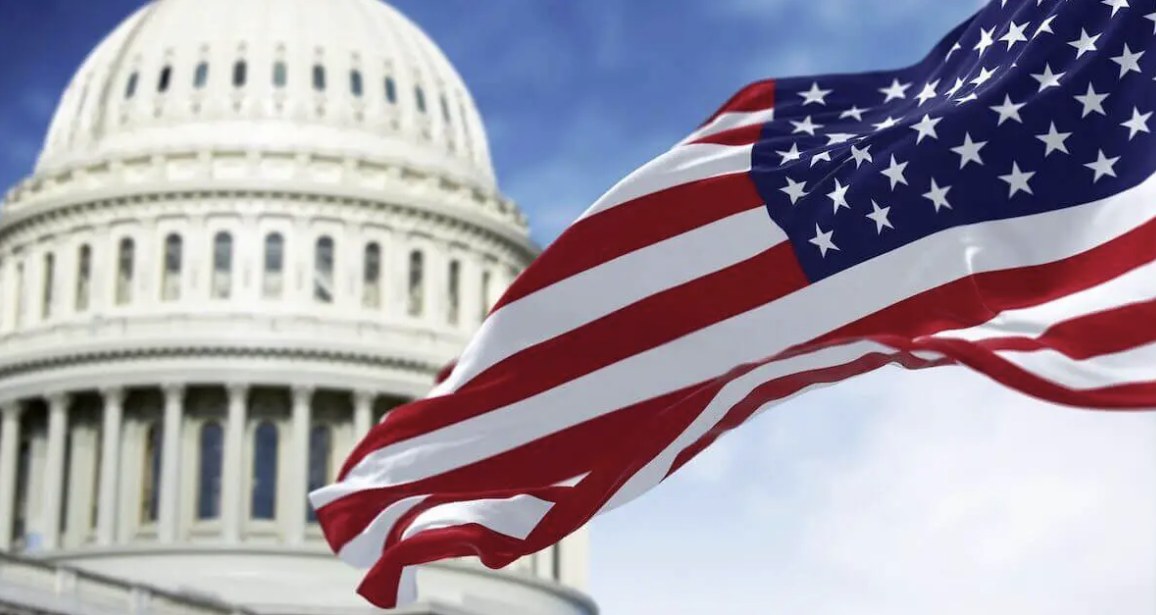The Cuts That Weren’t: Federal Employee Proposals Scrapped from One Big Beautiful Bill

The Cuts That Weren’t: Federal Employee Proposals Scrapped from One Big Beautiful Bill
By Ian Smith
The version of the One Big Beautiful Bill that ultimately became law omitted numerous proposed cuts to federal employees’ retirement benefits.

The One Big Beautiful Bill Act (H.R. 1) was signed into law by President Trump on July 4. Notably absent from this legislation now that it is law are a variety of proposals that were in earlier draft versions of the legislation while it was being considered in Congress that would have made significant cuts or changes to federal employees’ retirement benefits.
Here is a detailed look at the prior proposals from both the House and Senate reconciliation bills that didn’t make it into the final law.
Proposed Cuts from the House Bill
Increased Employee Contributions to Retirement Plans
Many existing federal employees would have had their FERS contribution rates increased to 4.4% of their annual salaries.
Elimination of the FERS Annuity Supplement
The House bill proposed eliminating the FERS annuity supplement, which provides additional income to retirees who leave federal service before reaching Social Security eligibility age.
Switching Pension Calculations from High-3 to High-5
Pension benefits would have been calculated based on the average of the highest five years of salary instead of the highest three, reducing overall retirement payouts.
Offering At-Will Employment in Exchange for Reduced FERS Contributions
Employees could opt for at-will employment status with reduced contributions to their FERS retirement plans. Those who chose to retain their civil service protections would have been required to pay more towards their retirement. The Senate version of the bill proposed an even higher increase (10%) than the House version (5%).
Imposing a Merit Systems Protection Board Filing Fee
A new $350 fee would have been introduced for filing appeals with the Merit Systems Protection Board. It would have been refunded for successful appeals.
Proposed Cuts from the Senate Bill
While some of the proposals overlapped in both the House and Senate versions of the legislation, there were some proposals unique to the Senate version.
Deductions from the Pay of Federal Employees
A 10% fee was proposed to cover administrative costs for optional payroll deductions made by federal employees to tax-exempt organizations (i.e. union dues). The fee would not apply to contributions made through methods that did not require government resources, such as ACH transfers.
Bonuses for Cost Cutters
This proposal aimed to curb end-of-year agency overspending (the “use it or lose it” expenditures) by rewarding federal employees who identify surplus or wasteful expenditures. Eligible employees could receive a bonus of up to $10,000 or 1% of the verified savings, as certified by the agency’s Inspector General.
Charging Labor Organizations for the Use of Federal Resources
This provision proposed effectively banning federal employee unions’ use of official time and government resources for union activities by requiring unions to reimburse the government for use of these resources.
Rescinding Postal Service’s EV Funds
This provision would have rescinded over $1 billion in funds given to the USPS by the Biden administration for purchasing and installing electric vehicles (EV) and infrastructure under the Inflation Reduction Act. The Postal Service would also have been required to sell these remaining EVs and unused infrastructure.
Byrd Rule Implications
The Byrd Rule, a critical component of the budget reconciliation process, played a significant role in shaping the final version of the bill. Named after former Senator Robert Byrd (D-WV), the rule restricts the inclusion of provisions in reconciliation bills that are considered extraneous to budgetary concerns.
Several of the proposed benefits cuts were deemed to violate the Byrd Rule, as they did not have a direct impact on federal revenue or expenditures. Those included:
- At-will employment option
- MSPB filing fee
- Bonuses for cost cutters
- Charging unions for use of government resources
- Disposal of USPS EVs
This ruling helped to seal the fate of some of these proposals impacting federal employees. The Byrd Rule’s application underscores the complexities of the legislative process and the challenges of balancing budgetary priorities with policy objectives.
One Proposal Was Included
One proposal that did get included in the final bill that became law was the FEHB audits provision. The FEHB Protection Act of 2025, as this section of H.R. 1 is known, introduces new audit requirements to ensure the integrity of the Federal Employees Health Benefits (FEHB) Program.
Key provisions include the implementation of verification processes for qualifying life events and family member eligibility, fraud risk assessments, and a comprehensive audit of family member eligibility over a three-year period. The Act mandates the review of marriage and birth certificates to confirm eligibility and requires the disenrollment of ineligible individuals within 180 days of enactment.
Additionally, funding of $66 million is allocated for oversight and audits related to these requirements, available through fiscal year 2035.
